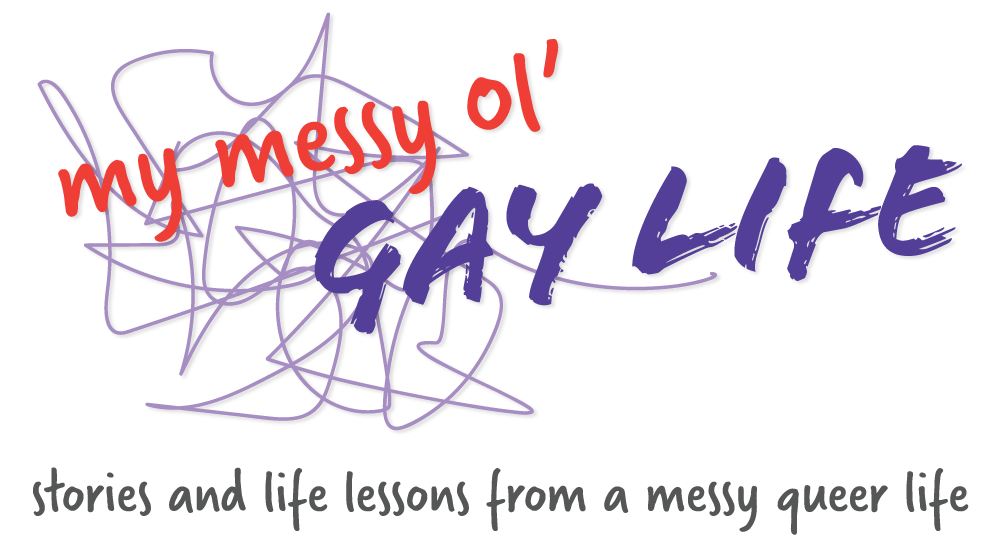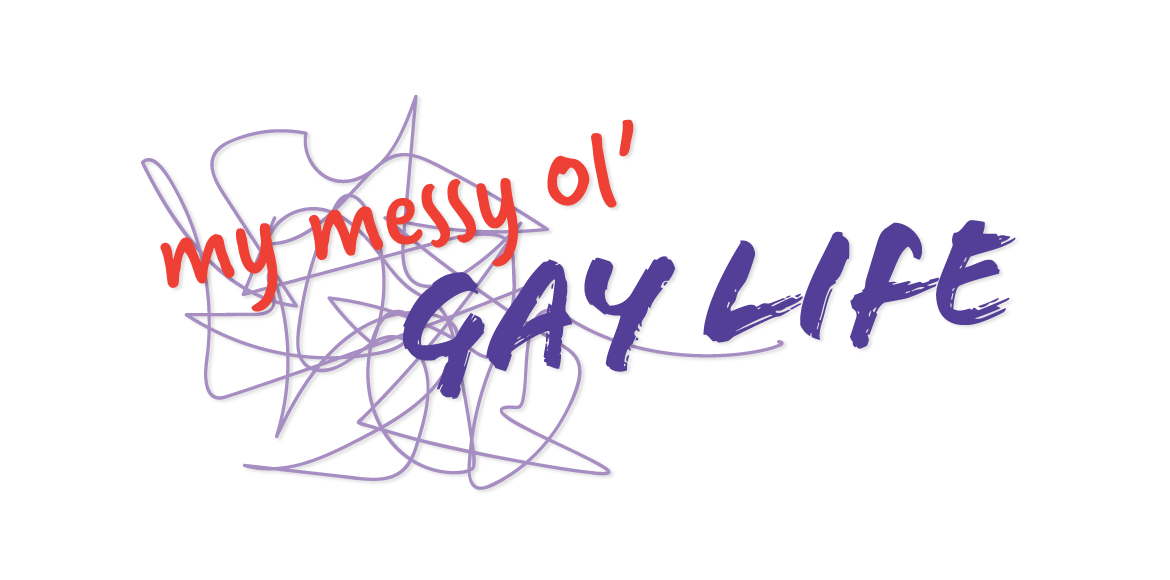My old boss and mentor, Doug Tompkins, passed away last December after a kayaking accident. He was a world-class entrepreneur, devoted outdoor enthusiast and a major conservationist.
I first met him in 1984 when I took a job at Esprit, an innovative, California-lifestyle clothing company and one of the most successful, privately owned companies in San Francisco. I first noticed Esprit in 1978 after its oversized catalogue was delivered to the small women’s clothing store where I was working.
I had never seen anything like it. Sears and Montgomery Ward catalogues were the industry standard in those days. Their small formats sold goods with stodgy, static pictures. Doug envisioned the Esprit catalogue as a brand-marketing tool for the young company. As I pored over its huge pages, I feasted my eyes on each photograph of beautiful models in fun, edgy apparel and secretly desired to be inside Esprit’s carefree world.
The current cultures of tech campuses like Google, Twitter and Yelp that proliferate in San Francisco are direct descendants of the Esprit company philosophy of the eighties. Located in a rehabbed winery on the cusp of downtown in the Potrero Hill neighborhood (a sketchy area at the time), the Esprit headquarters’ interior was all wood and Doug’s world-class collection of Amish quilts decorated the walls. The Esprit workspace felt more like an art gallery than a large apparel company and all its glass-encased offices created a transparent work environment.
Because of its soft wood floors, most female visitors had to take off their high heels before checking in at the reception desk. I passed by the entry one day and spotted Gloria Steinem sliding into some rubber-soled Esprit flats that were on hand in every size at the front door. Encountering celebrities from media, design and fashion was an everyday part of the Esprit working experience.
Stockroom workers dined shoulder-to-shoulder with executives in a company-subsidized organic restaurant that imported a sushi chef once a week. Since Esprit values encouraged physical fitness, everyone was free to exercise at any time in a par course located in a landscaped park adjacent to the main building. A program called Culture Club partially reimbursed Esprit employees for cultural events (concerts, theater, opera). Most Esprit-ites (as they called themselves) were twenty-something low-wage earners, but they got a lot of street cred at the clubs where they partied all night in their wild clothes (purchased at a generous discount). They also had a lot of opportunity for upward movement among the various sectors of Esprit’s rapidly expanding, worldwide business.
I was hired to oversee the visual merchandising of Esprit’s new outlet store after spending three years in the display industry at local department stores. At age thirty-three, I was older than most of my staff, but they were eager to learn and I was good at managing creative people. [Note: I’m the semi-tragic Ralph Macchio-wannabe on the right]
The outlet store was constructed in a converted warehouse in China Basin, a rough waterfront area a few blocks from the Esprit campus and Doug’s design vision for the new store presented a few logistical problems.
All of the store’s exterior walls were glass and its sales floor was a vast 45,000 square foot space with polished concrete floors. Custom-made fixtures fabricated from outdoor scaffolding housed all of the clothing. Since there were no walls, I worked with an in-house architect (a former drummer for the Dead Kennedys, a seminal punk band) to devise a display system of large pin boards that were hung on the side of the large fixtures. The display staff affixed outfits to the boards to better show the clothing to its best advantage. We called them “still lifes.” Large format photographs and graphics completed the picture of the outlet store.
Doug really liked the new store and decided to incorporate the still lifes into Esprit’s catalogue that season. Pressed for time, he pulled me into the photo studio to recreate the outfits. During several late night sessions, I grew close to the in-house photographer who told me that she had once been an accountant with the company.
“Doug paid for my photography training because he saw something in me,” she said as she pulled a Polaroid test-shot from her camera.
“He’s a real Svengali, you know,” she said, smiling as she peeled the front off of the photo and waved it up and down to dry.
How well I knew it. Barely two months at Esprit and Doug had already added photo-stylist to my resume.
Doug Tompkins was a true visionary and an avid mountain climber. He left the company for several weeks each year to scale peaks in all corners of the world. When he got back, he literally “came down from the mountain” with a new direction for the company. Though it irritated his employees who had to drop everything and scramble to keep up with his new vision, Doug’s instincts were usually right and no one dared challenge him.
Doug favored Japanese visual trends, so he hired a world-class designer from Tokyo to serve as the company’s Art Director. He spoke no English but an interpreter stood nearby at all times so that language problems would not stop Doug from achieving the right company image.
Over the next few months, Doug threw more challenges my way that brought out my latent creative talents. He once sent me to Las Vegas to set up a tradeshow booth at a shoe convention. Walking into a big blank area located next to a fully realized, impressive Kenneth Cole booth, I encountered yet another non-English speaking Japanese designer that had created a space whose centerpiece was a high wall covered in plastic. Long, industrial cables radiated down from it into the floor, each one festooned with Esprit shoes and lights. Once again, the designer spoke no English, but we pantomimed our way through the construction process all day and night. When the show started that morning, people flocked around the booth just to get a look.
A headhunter from The Gap called me at the outlet store one day in 1986 and I decided to interview with them. After years spent building a retail career, I wanted to be the master of my own destiny and I was more than a little nervous about Doug’s penchant for reinventing an employee’s professional life in a heartbeat.
Every person I met at The Gap was deferential towards Esprit and they hoped that I would join them in order make their stores more visually exciting. When they offered me a Director position, a huge pay increase, stock options and a generous sign-on bonus, I grabbed it.
About ten minutes after I told my boss at Esprit about my decision, I was summoned to Doug’s office. As soon as I stepped in the door, he doubled my salary and began a full court press to convince me that the buttoned-up corporate environment was not a proper fit for me. Unlike the tactful Gap interviewers, Doug had no problem badmouthing big companies.
“Those corporate companies are a bunch of whores! You should be careful who you get into bed with,” he warned.
I suppressed a smile because restraint in the bedroom had never been my strong suit. As he pressed on, I became increasingly offended by his constant assertion that I was not the best judge of my own career path. He office pressured me for the next two hours and even called other executives into the room. The all sat silently as Doug continued to say all of the wrong things.
“You have to believe me! Esprit is the only place where you can realize yourself creatively,” he insisted.
“Well, I just feel like I need to try working for a big specialty store chain,” I replied.
He looked quizzically for a while at the quiet men around him. Finally, he heaved a deep sigh.
“I think you’re making a big mistake, I don’t think an artistic guy like you will ever be happy in a place like The Gap,” he repeated.
“You might be right, but I just need to try it,” I countered.
He gazed into my eyes for several moments and the tension mounted. When he slammed his hands on his desk and stood up, everyone jumped, including me.
“Well, I’ve been wrong before,” he said as the other men sat bug-eyed at this bit of unexpected humility.
Then he came around from his desk and extended his hand to me.
“I just want you to know that you can always come back. Good luck.”
When I left his glass office, a sea of shocked faces awaited me. The other employees had witnessed our interaction in the glass office. They were amazed that I hadn’t been fired on the spot. I don’t know to this day where I found the guts to stand my ground. I just remember reading somewhere that no boss ever respects or trusts an employee again once they feel that they can buy him back.
After I joined The Gap, a coup d’état at Esprit resulted in Doug’s departure. Over the next few years, the Esprit that I knew fell apart from internal battles while The Gap prospered and redefined itself. I’d like to think I was a small part of its success but the truth is I did not do well at The Gap. As Doug had predicted, I was not hard-wired for corporate politics and my personal life was overshadowed by the AIDS epidemic. Torn everyday between the boardroom and the sickroom, I just didn’t have the juice to push myself at work everyday.
The Gap was fair to me when they “lateralled” me out of my Director position after the first year. They let me keep all of my executive benefits and put me in charge of “Special Projects,” the corporate equivalent of Siberia. I kept a low profile and licked my wounds for the next two years until I got my stock options and jumped ship.
I moved to Minneapolis where I eventually started my own retail consulting business that sustained me for the next twenty years. Most of my success stemmed from my ability to leverage my experience with corporate America … from the outside.
Before I left Esprit I told Doug:
“Thank you for seeing my potential and setting me on a new course.”
If I could speak to him today, I would add:
“After all of your faith in me and the opportunities that you sent my way, thank you for not saying what was so obvious at the time: I was the whore.”
As a person who never compromised, it must have been hard to accept that the rest of us often sell our skills to the highest bidder.


